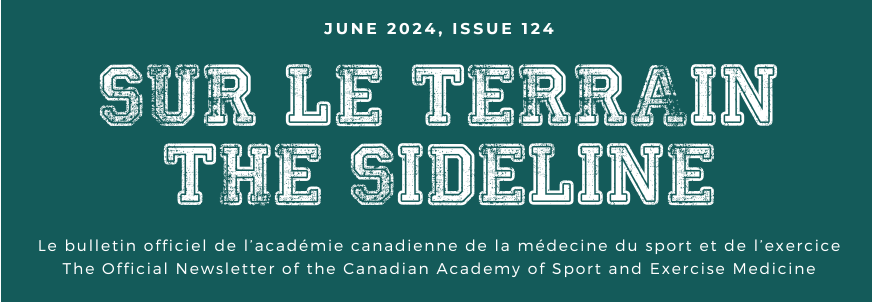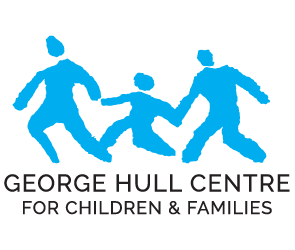
18 Oct Dr. Taylor Armstrong Explains the CARE Method: How Physicians Can Screen Athletes and All Patients for Trauma
Although the impact of Adverse Childhood Experiences (ACEs) and their prevalence in society are now well understood, there are many sectors where that information has yet to penetrate. One is the world of performance athletes, where there is very little research on the subject. Yet there is no reason to think that the prevalence of ACEs among athletes is any less than in the general population, and it can be assumed that the impact on performance is significant. Furthermore, screening athletes for trauma has a powerful secondary effect, as athletes are still young enough to avoid the chronic disease that often results from trauma.
Yet most physicians don’t routinely screen for ACEs, whether with athletes or any other patients. They’re worried they don’t have the time, or the patient will get upset, or they just don’t know how. And what if they uncover something?
In this short engaging article, Dr. Taylor Armstrong makes a plea for physicians to consider screening athletes for childhood trauma as part of standard care. Taylor sets out the CARE method of screening for trauma, developed by Drs Robert Maunder and Jon Hunter at Toronto’s Mount Sinai Hospital. “CARE” stands for “Consent – Ask – Reflect – Engage” and it’s simple, clear, brief. If you ask for consent beforehand, experience shows that most patients will thank their doctor for asking.
Author

Taylor Armstrong, MD, FRCPC
This story was written by Taylor Armstrong, MD, FRCPC, a Child and Adolescent Psychiatrist who works as Psychiatric Advisor for Trauma Services for the Institute as well as at The George Hull Centre in their Community Clinic.
